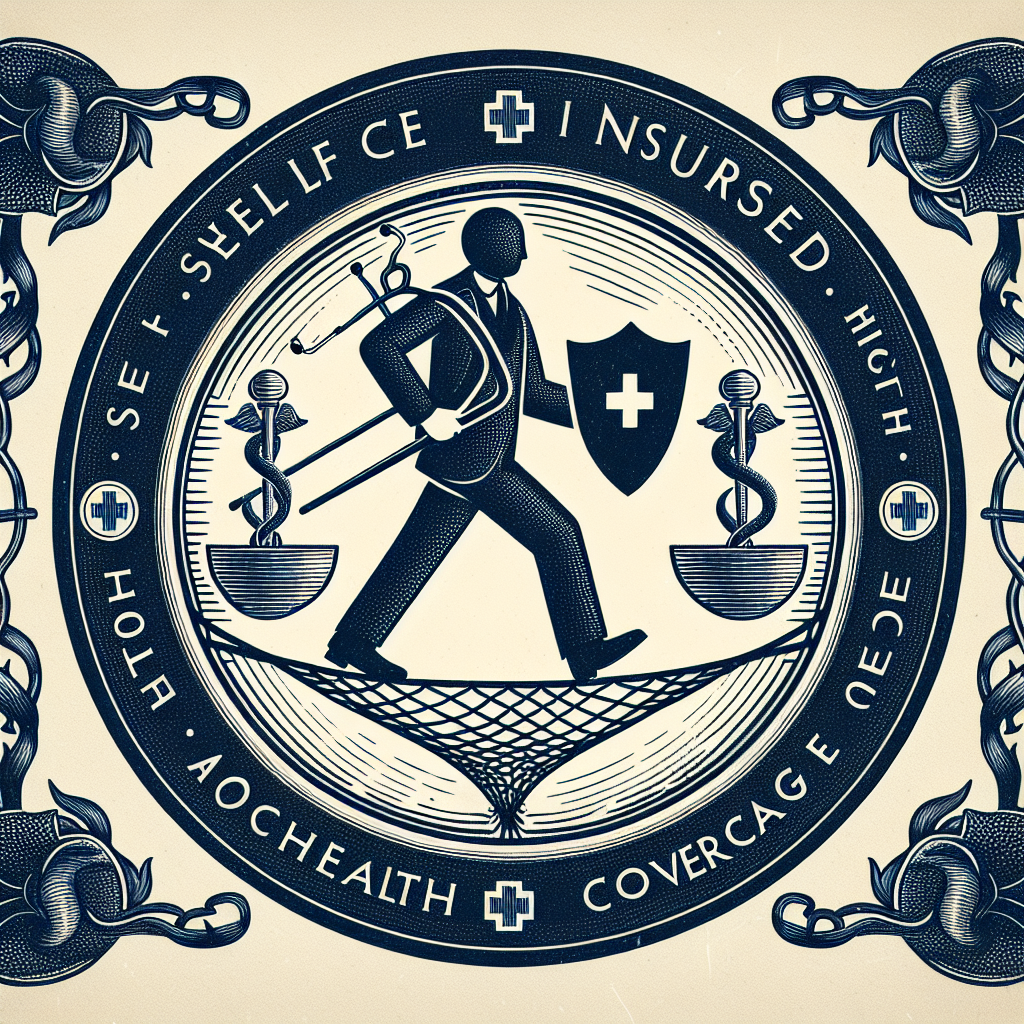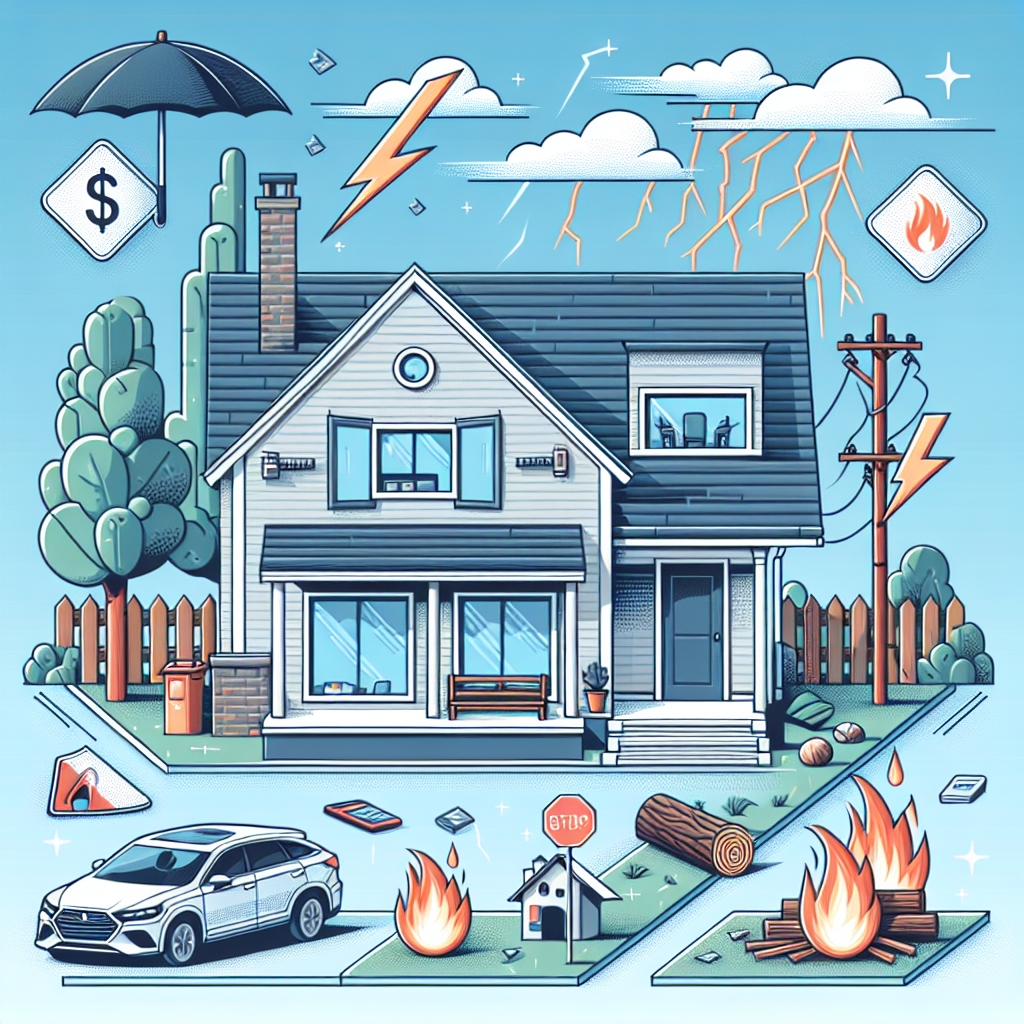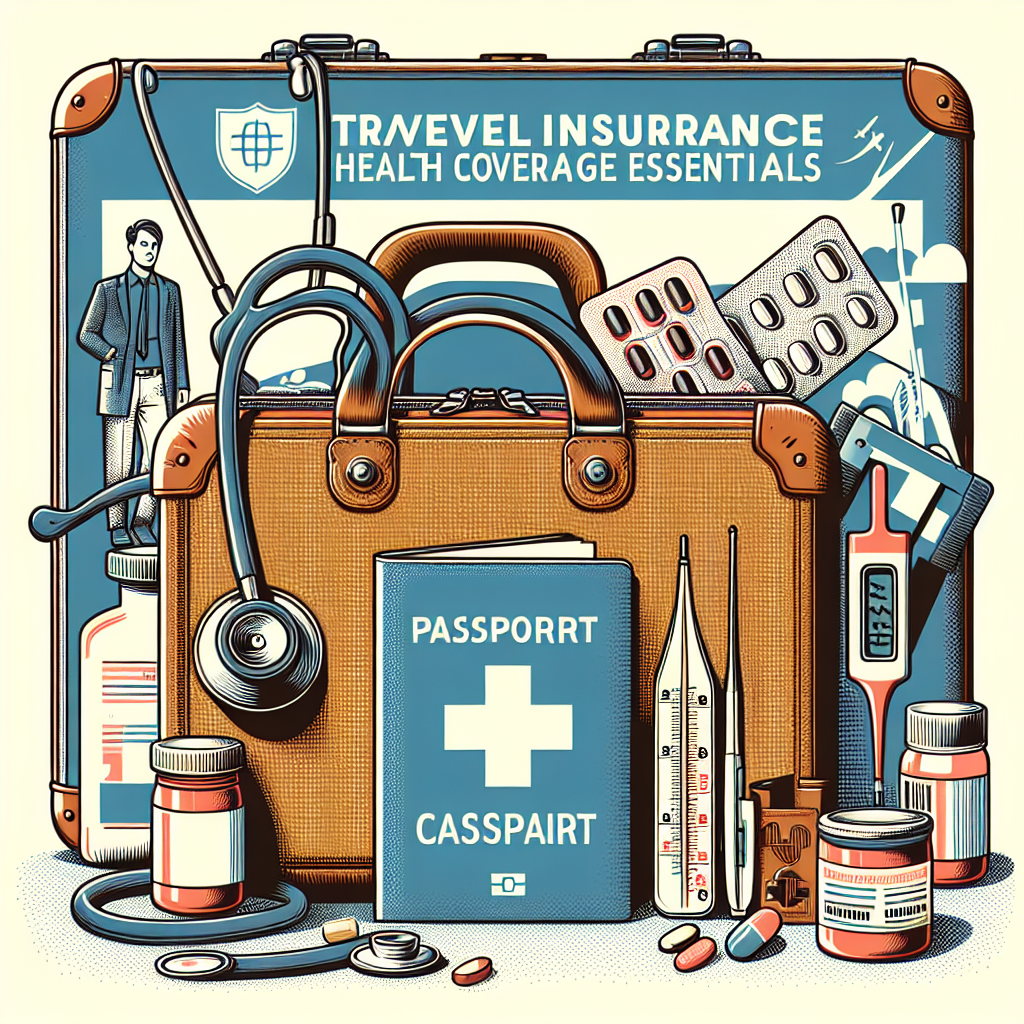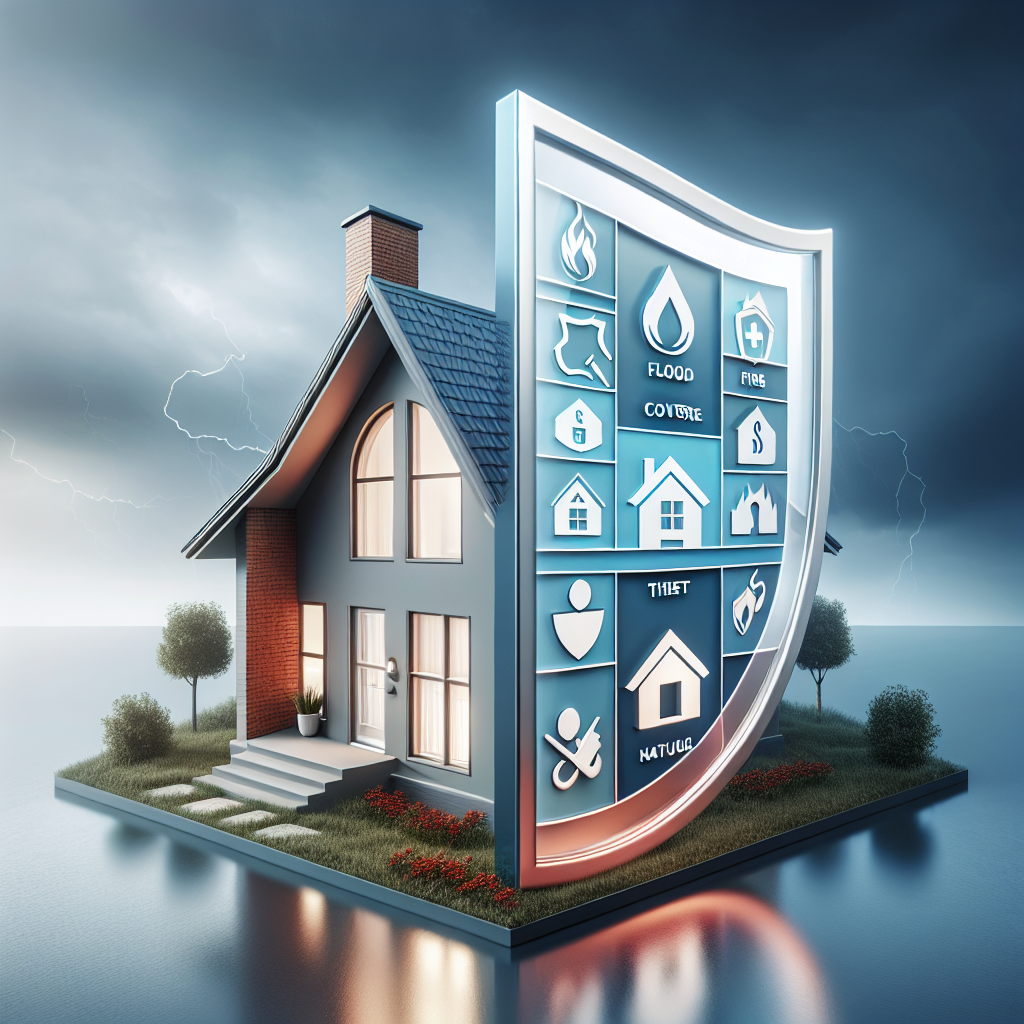Filed under Home Insurance on
Manufactured Home Insurance Coverages: What They Include
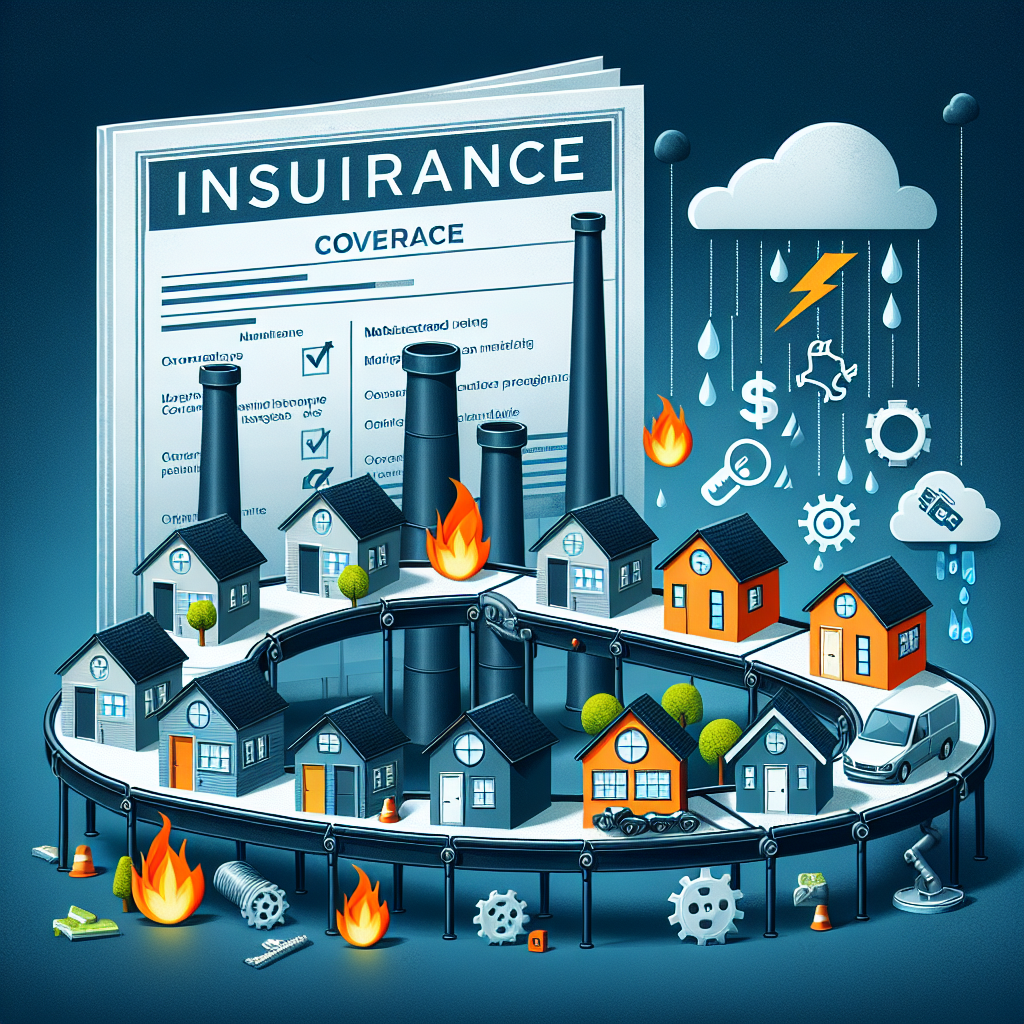
If you own or are considering buying a manufactured home, you’ve likely wondered what your insurance really covers when the unexpected happens. Understanding the full scope of Manufactured Home Insurance Coverages helps you protect your investment, meet lender or community requirements, and avoid out-of-pocket surprises. Below is a clear, research-informed guide to the protections most policies include, the add-ons worth considering, and smart ways to customize coverage for your home, location, and budget.
What makes manufactured home insurance unique?
Manufactured homes are factory-built to the federal HUD Code (effective June 15, 1976) and transported to their sites. Unlike modular homes, which are typically insured under standard homeowners forms, manufactured homes often use specialized policy forms tailored to their construction, transport history, and tie-down systems. Insurers look closely at factors such as the home’s age, foundation type, roof material, nearby fire services, and whether the home sits on privately owned land or within a land-lease community.
Because of these differences, policies designed for manufactured homes may feature distinct valuation methods, transport-related options, or wind and hail deductibles. Knowing how the policy is built—and how it responds to real-world events—is the key to getting the right protection.
What Manufactured Home Insurance Coverages typically include
Most policies bundle core protections. Specific names and limits vary by carrier and state, but the building blocks are generally consistent.
Dwelling (Coverage A)
This covers the structure itself—walls, roof, built-in appliances, and attached fixtures—against covered causes of loss, such as fire, wind, theft, or vandalism. Insurers often base limits on a replacement cost estimate tailored to HUD-labeled construction. Some policies are written on a “stated value” or “agreed loss settlement” basis for total losses, which can simplify claims but requires you to set an accurate limit upfront.
Other structures (Coverage B)
Detached sheds, carports, steps, decks, and fences are included here, typically at 10 percent of the dwelling limit by default. If you have a larger detached garage or extensive decking, check whether you need higher limits.
Personal property (Coverage C)
Your belongings—furniture, clothing, electronics—are covered if stolen or damaged by a covered peril. Standard limits often range from 40 to 60 percent of the dwelling limit, with sublimits for items like jewelry, firearms, collectibles, or business property. You can “schedule” high-value items to insure them for their appraised value and broader causes of loss.
Loss of use / additional living expenses (Coverage D)
If a covered loss makes your home uninhabitable, this pays for temporary housing and necessary increased living costs. It’s typically a percentage of your dwelling coverage or a set dollar amount and can be a lifeline after fires, storms, or severe water damage.
Personal liability (Coverage E)
Liability covers bodily injury or property damage you negligently cause to others, on or off your premises. It can pay for legal defense, settlements, and medical costs. Many experts recommend at least $300,000 to $500,000 in liability, and more if you have assets to protect. Umbrella policies can extend this protection by $1 million or more.
Medical payments to others (Coverage F)
This no-fault coverage pays for minor injuries to guests on your property, typically $1,000 to $5,000, regardless of legal liability. It’s designed to handle medical bills quickly and avoid disputes.
Perils, policy types, and common exclusions
Manufactured home policies are often “named perils” or a mix of “open perils” for the dwelling and named perils for personal property. Read your declarations and policy form to confirm which perils apply. Commonly covered causes include fire, windstorm, hail, theft, vandalism, explosion, and smoke. However, standard exclusions are equally important:
- Flood and storm surge (covered under separate flood insurance)
- Earthquake, sinkhole, and earth movement (usually optional endorsements)
- Wear and tear, deterioration, rot, and settling
- Insects, vermin, and rodents
- Manufacturer defects or faulty workmanship
- Business activities or short-term rentals without specific endorsements
Depending on the state, wind and hail may carry a separate, higher deductible or be limited by named-storm rules. In coastal and tornado-prone areas, reviewing wind coverage in detail is crucial.
Loss settlement: how your claim gets paid
How your insurer calculates a payout matters as much as the limit itself:
- Replacement Cost: Pays the cost to repair or replace the damaged property without depreciation, up to your policy limit. Often available for newer or well-maintained homes and belongings.
- Actual Cash Value (ACV): Pays replacement cost minus depreciation for age and condition. Older roofs and certain materials may default to ACV unless you purchase an upgrade.
- Stated Value or Agreed Loss Settlement: Some manufactured home policies settle total losses for the amount shown on the declarations page (or a specified percentage of that amount), simplifying claims but requiring accurate valuation upfront.
Ask how your roof is settled; metal and older shingle roofs are sometimes paid at ACV unless you add a replacement cost endorsement. The difference during a wind or hail claim can be substantial.
Optional Manufactured Home Insurance Coverages worth a look
Beyond the basics, several endorsements can tailor your policy to real-world risks and community rules. These are among the most requested add-ons:
- Trip collision and transport coverage: Protects the home while it’s being moved from the factory or to a new site. Useful during initial placement or if you relocate the home.
- Water backup and sump overflow: Covers damage from backed-up drains or failed sump pumps, which are typically excluded under standard forms.
- Equipment breakdown: Extends coverage to modern systems like HVAC, appliances, and electronics for sudden mechanical or electrical failure.
- Service line coverage: Pays to repair underground water, sewer, or power lines you own between the street and your home.
- Ordinance or law: Adds protection for the extra costs to bring repairs up to current building codes after a covered loss.
- Debris removal and tree removal increases: Helpful after windstorms that leave extensive cleanup.
- Identity fraud expense and cyber coverage: Reimburses certain costs tied to identity theft or cyber incidents.
- Golf cart or utility vehicle liability: Important if you use carts in a land-lease community.
- Screened enclosures and carport endorsements: Especially relevant in Sunbelt states where these structures are popular.
- Flood and earthquake policies: Typically purchased separately through the National Flood Insurance Program or private markets for flood; private or state-backed plans for quake.
Not all carriers offer every option, and availability varies by state, so review your declarations page carefully.
Factors that influence price
Premiums for Manufactured Home Insurance Coverages vary widely by location, age and size of the home, claims history, and local catastrophe risk. Industry filings and agent surveys commonly show annual premiums ranging from a few hundred dollars in low-risk regions to well over $1,500 in coastal or tornado-prone areas. In wildfire-exposed zip codes, rates and underwriting scrutiny have risen as well, reflecting broader property insurance pressures nationwide.
Insurers typically consider:
- Home details: Year built, roof type (metal vs. shingle), number of sections, and updates
- Foundation and tie-downs: Permanent foundations and modern anchoring systems improve insurability
- Location: Proximity to coastlines, tornado alleys, brush zones, fire hydrants, and fire departments
- Community features: Professional management, park maintenance standards, and defensible space
- Claims and credit-based insurance scores where permitted by law
- Deductibles and elected endorsements
Discounts and ways to save
You can often lower costs without sacrificing vital coverage. Ask about:
- Bundling with auto or umbrella policies
- Protective devices: Smoke detectors, monitored alarms, fire extinguishers
- Age or retiree discounts, claims-free histories
- Community or affinity group memberships
- Home updates: Newer roof, upgraded electrical or plumbing, skirting and tie-down improvements
- Paperless billing, pay-in-full options, and smart home safety devices
Before raising deductibles, consider your emergency fund and likely use of coverage. A separate wind or hurricane deductible might already apply; coordinate choices so you’re not surprised during a storm.
How much coverage do you need?
Right-sizing limits is part math, part judgment:
- Dwelling: Aim for full replacement cost when available, reflecting current materials and labor. Confirm whether the policy uses replacement cost, ACV, or stated value for total losses.
- Personal property: Start at 40 to 60 percent of the dwelling limit, then refine with a home inventory. Photograph rooms, save receipts, and note serial numbers for big-ticket items.
- Loss of use: Estimate realistic rental costs in your area; extended rebuilding timelines can make higher limits wise.
- Liability: Consider at least $300,000; many households opt for $500,000 plus a $1 million umbrella for added peace of mind.
For valuables such as jewelry, art, or musical instruments, schedule them with appraisals to bypass standard sublimits and receive broader protection, often at a modest premium.
Lender and community requirements
If your manufactured home is financed as personal property (a chattel loan), the lender will usually require physical damage coverage and be listed as a loss payee. Homes converted to real property on a permanent foundation may face different requirements. Land-lease communities sometimes set minimum liability limits or require named-storm protections for decks and carports. Review your loan documents and park rules to avoid compliance issues.
Weather and catastrophe considerations
From hurricanes to wildfires, catastrophe trends influence how Manufactured Home Insurance Coverages respond and are priced:
- Wind and hail: In coastal and central states, expect percentage-based deductibles or named-storm provisions. Upgraded tie-downs, roof coverings, and carport bracing can reduce damage and sometimes earn credits.
- Wildfire: Creating defensible space, using ember-resistant skirting and vent screens, and cleaning roofs and gutters can improve eligibility. Many insurers reference guidance from wildfire research organizations when underwriting.
- Freeze and burst pipes: Insulate exposed lines and maintain heat; vacant or seasonal homes may have stricter requirements to keep coverage intact.
- Flood: One inch of water can cause significant damage, and standard home policies exclude it. Consider separate flood insurance if you live in or near a flood zone.
Independent research and building science groups have documented how anchoring systems, skirting design, and roof upgrades affect performance in severe weather. Discuss mitigation steps with your agent; some carriers offer premium credits for documented improvements.
Claims: what to expect and how to prepare
A smooth claim starts before the loss:
- Document: Keep a home inventory, photos of each room, and receipts for high-value items. Store copies offsite or in the cloud.
- Maintenance: Fix minor issues promptly—roof leaks, loose skirting, or outdated wiring can complicate claims.
- Understand deductibles: Know your all-peril versus wind or hurricane deductibles and how they’re calculated.
- After a loss: Protect the property from further damage, save receipts for temporary repairs, and report claims quickly. Provide your inventory and photos to speed settlement.
Communication is crucial. Ask your adjuster about timelines, preferred contractors, and required estimates. If you upgraded features after purchase, share documentation so the replacement cost estimate reflects your current home.
Common gaps and how to avoid them
Even solid policies can leave blind spots. Watch for these:
- ACV roof settlements on older or metal roofs when you expect replacement cost
- Low limits for decks, steps, and carports compared to actual rebuild costs
- Unscheduled jewelry or collectibles hitting policy sublimits
- Excluded water backup losses without an endorsement
- Unendorsed business use or short-term rental activity
- Transport exposures during moves not covered without a specific rider
Schedule a coverage review annually, especially after renovations, purchases, or changes in occupancy. A quick conversation can prevent big surprises later.
How to compare quotes the smart way
Price matters, but comparing Manufactured Home Insurance Coverages side by side reveals deeper differences. Use this checklist when reviewing proposals:
- Policy form and perils: Named vs. open perils for the dwelling and contents
- Settlement method: Replacement cost vs. ACV for the roof and personal property
- Limits: Dwelling, personal property, other structures, loss of use, and liability
- Deductibles: Flat or percentage; separate wind, hail, or hurricane deductibles
- Endorsements: Water backup, equipment breakdown, service line, ordinance or law
- Sublimits: Jewelry, firearms, collectibles, business property
- Discounts: Bundles, protective devices, updates, community credits
- Claims service: Repair networks, 24/7 reporting, and catastrophe response capacity
Ask agents to explain differences in plain language and to show how each option would respond in realistic scenarios—hail-dented roof, water backup in a bathroom, or smoke damage from a kitchen fire. This brings fine print to life and clarifies value beyond premium alone.
Industry trends and expert perspectives
Property insurance markets are evolving in response to catastrophic weather, inflation in construction costs, and supply chain volatility. This affects manufactured homes as much as site-built properties:
- Higher reinsurance costs have pushed some carriers to adjust wind deductibles and tighten underwriting in coastal and wildfire-prone areas.
- Labor and materials cost inflation means dwelling limits need regular updates to avoid underinsurance. Replacement cost estimators are only as good as the inputs.
- Mitigation pays: Building science organizations have highlighted how improved anchoring, roof systems, and ember-resistant vents reduce losses. Some insurers offer credits or endorsements tied to documented upgrades.
Consumer protection groups and state insurance departments routinely remind homeowners to review policies annually, inventory belongings, and understand exclusions like flood and earth movement. These fundamentals are timeless, even as market dynamics shift.
Frequently asked questions
Is a manufactured home policy the same as a standard homeowners policy?
No. While they share core components, manufactured home policies account for HUD-code construction, transport history, and anchoring. Coverage forms and settlement methods can differ, so read your policy closely.
What about mobile homes built before 1976?
Homes built before the HUD Code are commonly called mobile homes. Some insurers still write them, often with special underwriting and settlement provisions. Availability varies significantly by state and condition.
Do I need flood insurance?
Yes, if you’re in a flood-prone area. Standard home policies exclude flood and storm surge. Lenders typically require flood insurance in high-risk zones, but even moderate-risk locations see flood claims. Consider a separate policy based on your local risk.
Are short-term rentals covered?
Most standard policies exclude or limit business activities, including short-term rentals, without an endorsement. If you plan to rent periodically, disclose this to your agent to secure proper coverage.
How often should I review my insurance?
Annually, or after changes like renovations, roof replacements, new valuables, or occupancy shifts. Market conditions and rebuilding costs change, and your coverage should keep pace.
Putting it all together
The best Manufactured Home Insurance Coverages blend solid core protections with targeted endorsements that reflect your home’s design, your community rules, and your region’s hazards. Start with full replacement cost where available, pressure-test your wind and hail deductibles, and close gaps for water backup, equipment breakdown, and service lines. If you’ve invested in tie-down upgrades, roof improvements, or wildfire hardening, document them—insurers may reward mitigation.
Finally, don’t let the policy gather dust. Revisit limits and endorsements each year, keep a current home inventory, and ask your agent to walk through a few what-if scenarios. When a claim happens, you’ll have confidence—not just a stack of papers.
Key takeaways and next steps
- Confirm your policy form and loss settlement—especially for roofs and total losses.
- Evaluate optional endorsements that match your risks and community standards.
- Review deductibles, including any separate wind or hurricane deductibles.
- Increase liability limits and consider an umbrella if you have assets to protect.
- Inventory your belongings and schedule high-value items to avoid sublimit surprises.
- Reassess coverage annually to align with rebuilding costs and life changes.
When you compare proposals, line up the details of the Manufactured Home Insurance Coverages, not just the premiums. Ask for plain-language explanations and scenario-based comparisons. With the right blend of coverage, limits, and endorsements, your manufactured home—and everything that makes it yours—will be well protected.
Using the keyword in context
As you shop, focus on how different insurers define and deliver Manufactured Home Insurance Coverages. Look for clear explanations, transparent deductibles, and practical add-ons that mirror your real-world risks. Then make a choice that balances cost with confidence—so when life gets unpredictable, your insurance doesn’t.
